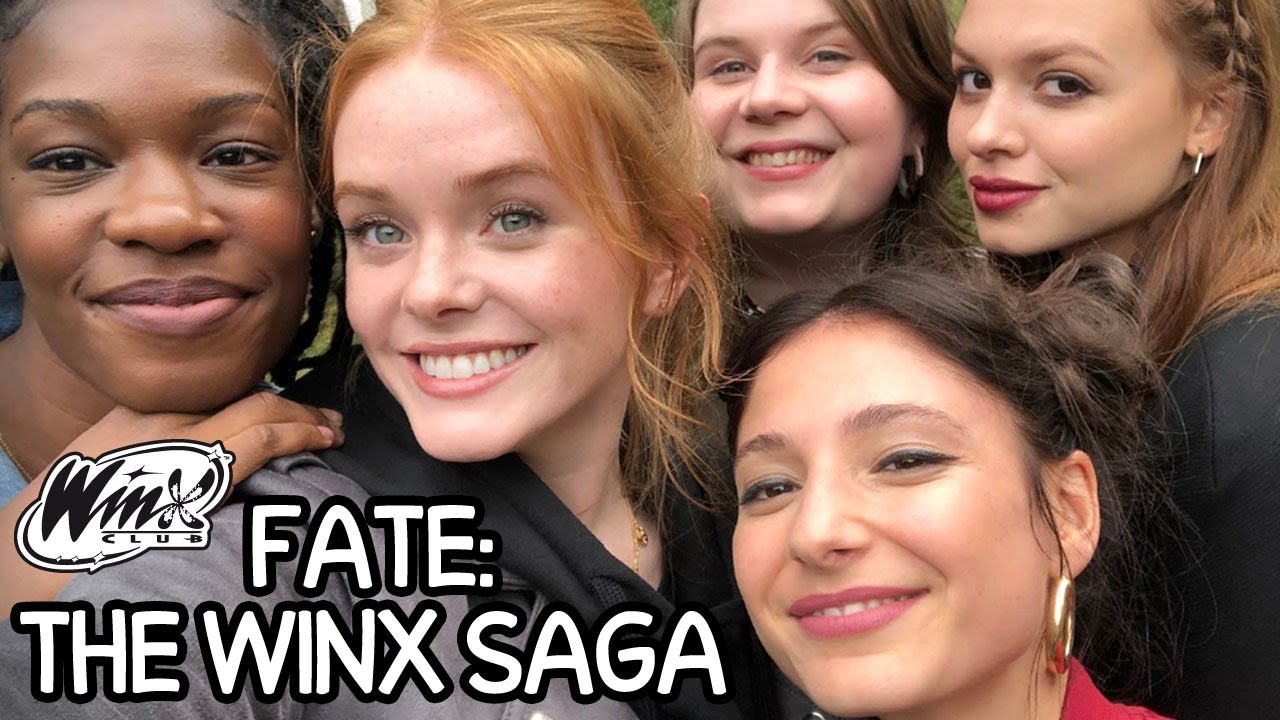Inspired by the Italian – American animated show known as Winx Club, Netflix’s Fate: The Winx Saga tries to adapt the well appreciated story of a group of fairies. Through its six episodes, the series focuses on Bloom Peters, her arrival at Alfea, a fairy magic school, and the character’s discovery of her origins and powers. With the other fairies in her suite – Aisha, Musa, Stella, and Terra, Bloom uncovers the dark secrets of Alfea.
Following the course of other Netflix productions, such as the Chilling Adventures of Sabrina, the series darkens the tone of the magical world that Winx Club had promoted. Aimed at a young adult audience, Fate: The Winx Saga focuses on the evils of the fairy world, rather than the inclusive and supportive friendships that the animated series had encouraged. Altering the view of the fairies as a group of friends with equal importance, the Netflix show places Bloom at the centre of the action, to the point that the majority of other characters’ plotlines still only revolve around her.
In spite of this, it has been one of the most watched Netflix productions, standing in the platform’s Top 10 in various countries worldwide. Between a love triangle, tensions with figures of authority, friendship conflicts and supernatural battles, Fate: The Winx Saga gives us exactly what we want as viewers of the genre, urging us to keep watching and posing as an ideal binge-watch. With executive producers coming from The Vampire Diaries, one of the most popular and successful teenage series themed around the supernatural, it is no surprise that the Winx Saga follows the typical progression of drama shows aimed at teenagers. In spite of the series’ bland progression, its producers have astutely repackaged the teen drama while simultaneously playing on the popularity of the animated show. At once, they’ve attracted a new audience and forced another one to watch, wishing to see what has become of the group of fairies.
Appreciated by pre-teens everywhere, Winx Club represented a world of friendship, love, and acceptance, specifically through its progressive design of characters. The love for the series strongly stemmed in the characters’ personal styles and racial inclusion. On the other hand, the Netflix show has gotten rid of pivotal figures like Tecna and Flora (who only get mentioned as being Terra’s cousin), essential members of the group. Although it could be the case that some of these would be introduced in a second season if the show is renewed, the absence of Tecna and Flora has truly shocked fans. The most relevant criticism that has been brought up is that characters have been whitewashed, as Flora was inspired by Jennifer Lopez and depicted a Latina in the animated show. The complete absence of the character and the presence of Terra in her place, a white woman, has angered fans.
Seeing the disappointment of fans of the original series, one can’t help but wonder why this show had to take place within the world of Winx Club, as it could have certainly stood on its own within the sphere of teen fantasy TV dramas. If anything, it is this correlation that led to multiple complaints and critiques. Because of the way characters have been altered and omitted, Netflix could have easily created a new fairy-themed series with no connection to Winx Club. But then, it wouldn’t have been as popular; the fans of the animated show, complaining about Netflix’s representation, are inadvertently favouring the series’ success.
While Fate: The Winx Saga is certainly a bingeable show, with teenage love stories and evil ploys, its intrigue stops there. Although the show uses an intelligent strategy to gain attention and viewers, it lacks innovation; all it does is present us with the same cliché formulas we have seen before.
Photo Credit: Youtube

